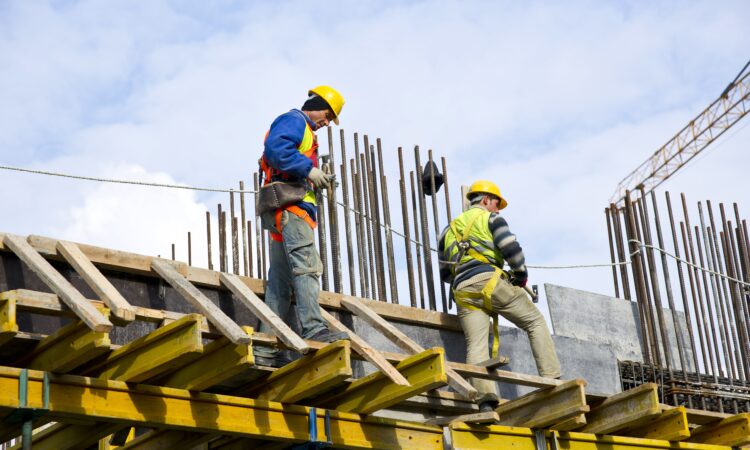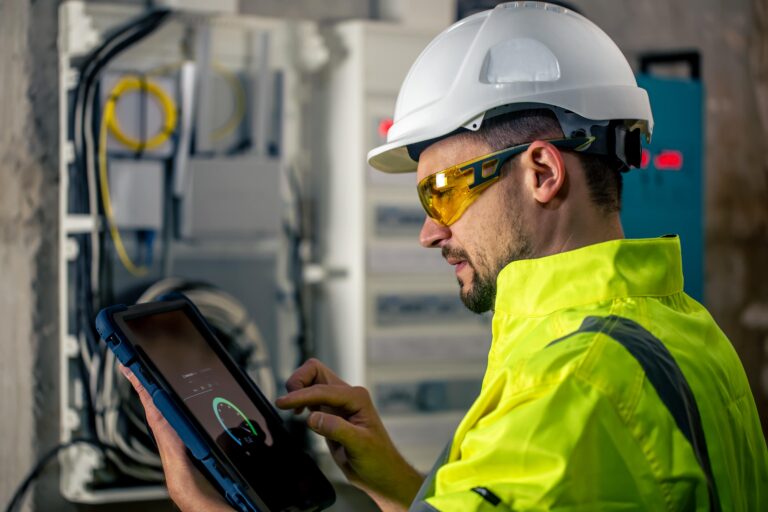Working at heights is one of the most dangerous tasks in any industry, whether it’s construction, roofing, or industrial maintenance. A single misstep can result in severe injuries or even fatalities. That’s why investing in fall protection solutions is not just a regulatory requirement—it’s a lifesaving necessity.
Having worked on multiple high-risk sites, I’ve seen firsthand how lifeline systems, safety harnesses, guardrails, and proper access solutions can mean the difference between a routine workday and a catastrophic fall. In this guide, I’ll break down the best fall protection solutions and how they can be effectively implemented for maximum safety.
1. Personal Fall Arrest Systems (PFAS)
One of the most widely used fall protection solutions is the Personal Fall Arrest System (PFAS). This includes a full-body harness, lanyard, and an anchor point. The key is ensuring proper fit and function. I’ve encountered too many cases where workers wear ill-fitting harnesses, reducing their effectiveness. Always check:
- The harness straps should be snug but not restrictive
- Shock-absorbing lanyards should be attached to approved anchor points
- Self-retracting lifelines (SRLs) are a great upgrade for better mobility
2. Lifeline Systems: Horizontal & Vertical
For tasks requiring movement along elevated surfaces, lifeline systems provide continuous protection. I’ve personally worked on sites where a properly installed horizontal lifeline system allowed me to move freely while staying secured at all times.
- Horizontal lifelines are ideal for roofing, bridges, and large structures
- Vertical lifelines are perfect for climbing fixed ladders, scaffolding, and telecom towers
Always ensure that the lifeline system is properly tensioned and attached to certified anchor points. A slack or loose system can be just as dangerous as having no protection at all.
3. Guardrails & Safety Railing Systems
Not every worker needs to be tethered. In cases where frequent movement is required, guardrails are a passive and effective fall protection solution. Installing safety railing systems along rooftops, walkways, and elevated work areas can prevent falls without restricting movement.
On one project, we replaced outdated guardrails with OSHA-compliant, modular railings. The difference was immediately noticeable—no more unstable barriers, and workers felt more confident navigating the site.
4. Ladders, Stairs, and Platforms for Safe Access
One overlooked aspect of working at heights is safe access. Climbing onto a roof or elevated surface without the right ladders, stairs, or platforms significantly increases the risk of falls.
- Fixed ladders with safety cages prevent accidental slips
- Stair systems with handrails provide stable access to different levels
- Modular work platforms give workers a secure standing area
I once saw a worker use a makeshift wooden plank as a walkway instead of a crossover platform—a dangerous move that almost led to a fall. Never compromise when it comes to access solutions.
5. Rooftop Crossover Equipment for Multi-Level Navigation
Many falls occur when workers attempt to navigate obstacles on a roof. Crossover platforms and bridges are crucial for safe rooftop movement when dealing with HVAC units, skylights, or varying roof elevations.
I’ve worked on industrial rooftops where improperly placed equipment created serious tripping hazards. Installing dedicated crossover ladders and platforms eliminated the risks and improved workflow efficiency.
6. Fall Protection Training & Regular Inspections
No fall protection system is effective without proper training and regular inspections. Workers should be trained on:
- How to properly wear and adjust a safety harness
- The importance of using certified anchor points
- Recognizing potential fall hazards before starting a job
Additionally, all lifeline systems, guardrails, ladders, and platforms should be inspected regularly to ensure they remain in top condition. A worn-out lanyard or corroded railing can fail when you need it the most.
Final Thoughts
Having spent years in high-risk environments, I can confidently say that investing in the right fall protection solutions is a game-changer. Whether it’s harnesses, lifeline systems, guardrails, or secure access solutions, proper safety measures not only save lives but also improve productivity.
If you’re responsible for workplace safety, prioritize fall protection today. A few smart upgrades and proactive training can mean the difference between a secure worksite and a tragic accident.



